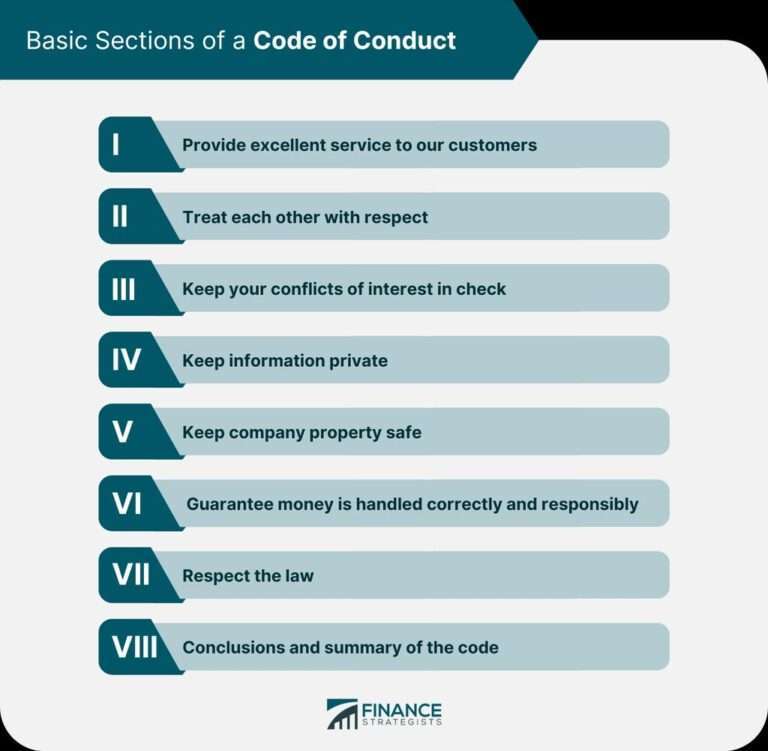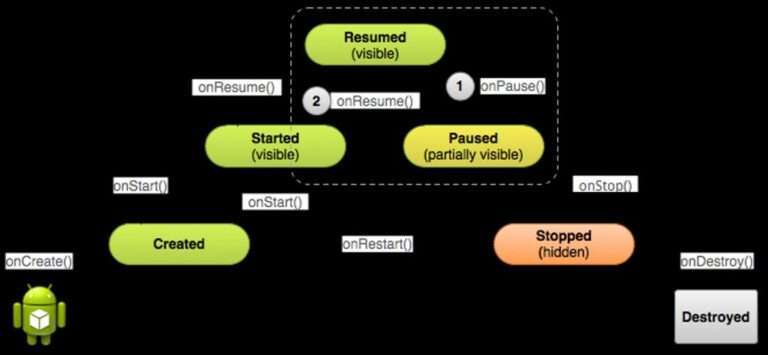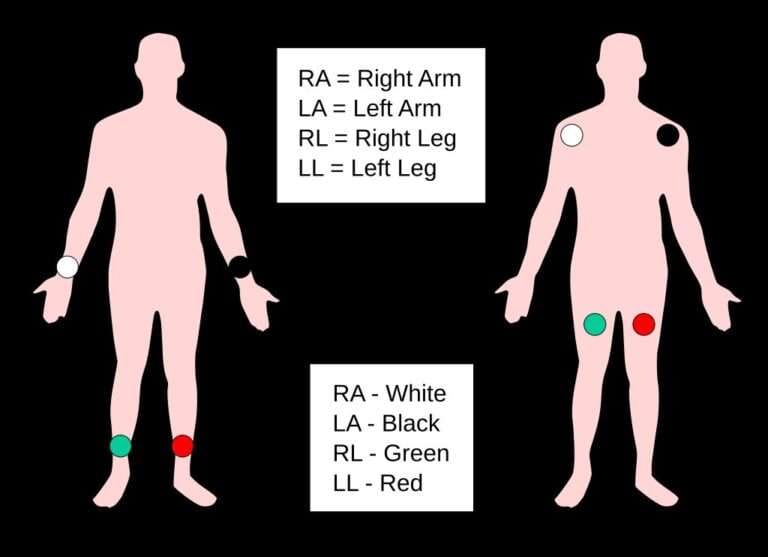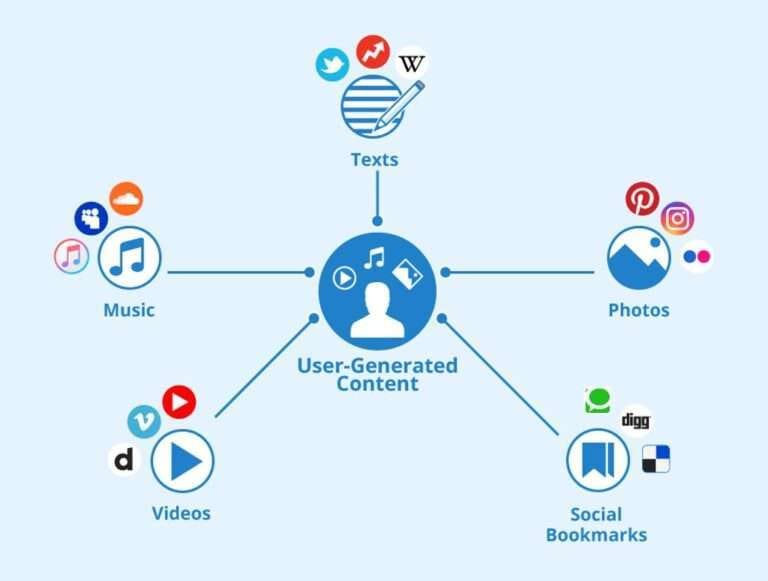What is Educational Content?
Overview
Importance of Educational Content
Educational content plays a crucial role in providing valuable information and knowledge to learners. It helps individuals acquire new skills, expand their understanding, and enhance their personal and professional growth. Educational content also promotes engagement and active learning by presenting information in a structured and organized manner. Additionally, it allows learners to access the content at their own pace and convenience, making it a flexible and accessible learning resource. By creating engaging educational content, educators and content creators can make the learning experience more enjoyable and effective for learners.
Types of Educational Content
When creating educational content, it is important to consider the different types of content that can be used to engage learners. Some popular types of educational content include:
Text-based content: This includes articles, blog posts, and textbooks that provide information in a written format.
Video content: Videos are a great way to visually demonstrate concepts and engage learners through storytelling.
Interactive content: This type of content allows learners to actively participate in the learning process through quizzes, games, and simulations.
Visual content: Visuals such as infographics, diagrams, and charts can help simplify complex information and make it easier for learners to understand.
By utilizing a combination of these types of educational content, educators can create a well-rounded and engaging learning experience for their audience.
Benefits of Creating Engaging Educational Content
Creating engaging educational content has several benefits that can greatly impact the learning experience. Firstly, it enhances student engagement by capturing their attention and making the content more enjoyable and interactive. This leads to improved knowledge retention and a deeper understanding of the subject matter. Secondly, it promotes active learning as students actively participate in the learning process through interactive elements and multimedia. This fosters critical thinking, problem-solving, and creativity. Lastly, engaging educational content can increase motivation and desire to learn, as students are more likely to be excited and enthusiastic about the material. Overall, creating engaging educational content not only improves learning outcomes but also creates a positive and enjoyable learning environment.
Planning and Research
Identifying the Target Audience
When it comes to creating engaging educational content, one of the first steps is identifying the target audience. Understanding who you are creating the content for allows you to tailor it to their specific needs and interests. This can be done through conducting surveys, analyzing demographics, and studying user behavior. By gaining insights into your target audience, you can ensure that your content resonates with them and provides value.
Choosing the Right Topics
When it comes to choosing the right topics for your educational content, it is important to consider the needs and interests of your target audience. Conducting thorough research and analysis can help you identify popular and relevant subjects that will resonate with your readers. Additionally, it is beneficial to select topics that align with your expertise and passion, as this will make it easier for you to create engaging and informative content. By carefully selecting your topics, you can ensure that your educational content is both valuable and interesting to your audience.
Conducting Thorough Research
When creating engaging educational content, conducting thorough research is crucial to ensure accuracy and relevance. This involves gathering information from reputable sources, such as academic journals, books, and reliable websites. It is important to evaluate the credibility of the sources and cross-reference information to provide reliable and up-to-date content. Additionally, conducting surveys or interviews with experts in the field can provide valuable insights and perspectives. By investing time in thorough research, educational content creators can deliver high-quality and trustworthy information to their audience.
Creating Engaging Content
Using Visuals and Multimedia
Incorporating visuals and multimedia elements in educational content can greatly enhance engagement and understanding. Visuals such as diagrams, charts, and infographics can help illustrate complex concepts and make them easier to comprehend. Multimedia elements like videos, animations, and interactive simulations can provide a more immersive learning experience. Additionally, using a combination of text and visuals can cater to different learning styles and make the content more accessible. By leveraging the power of visuals and multimedia, educators can create dynamic and engaging educational materials that captivate learners and foster deeper learning.
Incorporating Interactive Elements
Incorporating interactive elements is a crucial aspect of creating engaging educational content. These elements can include quizzes, polls, interactive simulations, and games. By allowing learners to actively participate in the learning process, interactive elements not only make the content more enjoyable but also enhance understanding and retention. Additionally, incorporating discussions and forums into the content can promote collaboration and knowledge sharing among learners. Overall, interactive elements play a significant role in keeping learners engaged and facilitating effective learning outcomes.
Writing in a Conversational Tone
When creating educational content, it is important to write in a conversational tone to engage the audience. This means using language that is easy to understand and relatable. Avoid using jargon or complex terms that may confuse the reader. Additionally, incorporating storytelling techniques and personal anecdotes can make the content more engaging and relatable. By adopting a conversational tone, the educational content becomes more accessible and enjoyable for the learners.
Conclusion
Measuring the Impact of Educational Content
Measuring the impact of educational content is crucial for evaluating its effectiveness and determining if it is achieving its intended goals. There are several key metrics that can be used to assess the impact of educational content, including engagement, knowledge retention, and behavioral change. Engagement can be measured through metrics such as click-through rates, time spent on page, and social media shares. Knowledge retention can be evaluated through assessments and quizzes that test learners’ understanding of the content. Behavioral change can be assessed by tracking changes in learners’ actions or behaviors as a result of consuming the educational content. By regularly measuring these metrics, content creators can gain insights into the effectiveness of their educational content and make data-driven decisions to improve and optimize their strategies.
Continuously Improving and Updating Content
To ensure the effectiveness of educational content, it is crucial to continuously improve and update the material. This can be done by gathering feedback from learners and incorporating their suggestions for improvement. Additionally, staying up-to-date with the latest research and developments in the field allows for the integration of new and relevant information. By regularly reviewing and updating the content, educators can provide learners with the most accurate and engaging educational experience possible.
The Future of Educational Content Creation
The future of educational content creation is expected to be driven by advancements in technology and the increasing demand for online learning. With the rise of artificial intelligence and machine learning, educational content can be personalized to meet the unique needs of each learner. Virtual reality and augmented reality are also likely to play a significant role in creating immersive and interactive educational experiences. Additionally, the integration of gamification elements, such as badges and leaderboards, can enhance learner engagement and motivation. As technology continues to evolve, the future of educational content creation holds tremendous potential for creating engaging and impactful learning experiences.








 العربية
العربية Čeština
Čeština Dansk
Dansk Nederlands
Nederlands English
English Suomi
Suomi Français
Français Deutsch
Deutsch Italiano
Italiano 日本語
日本語 한국어
한국어 Norsk bokmål
Norsk bokmål Polski
Polski Português
Português Русский
Русский Español
Español Svenska
Svenska